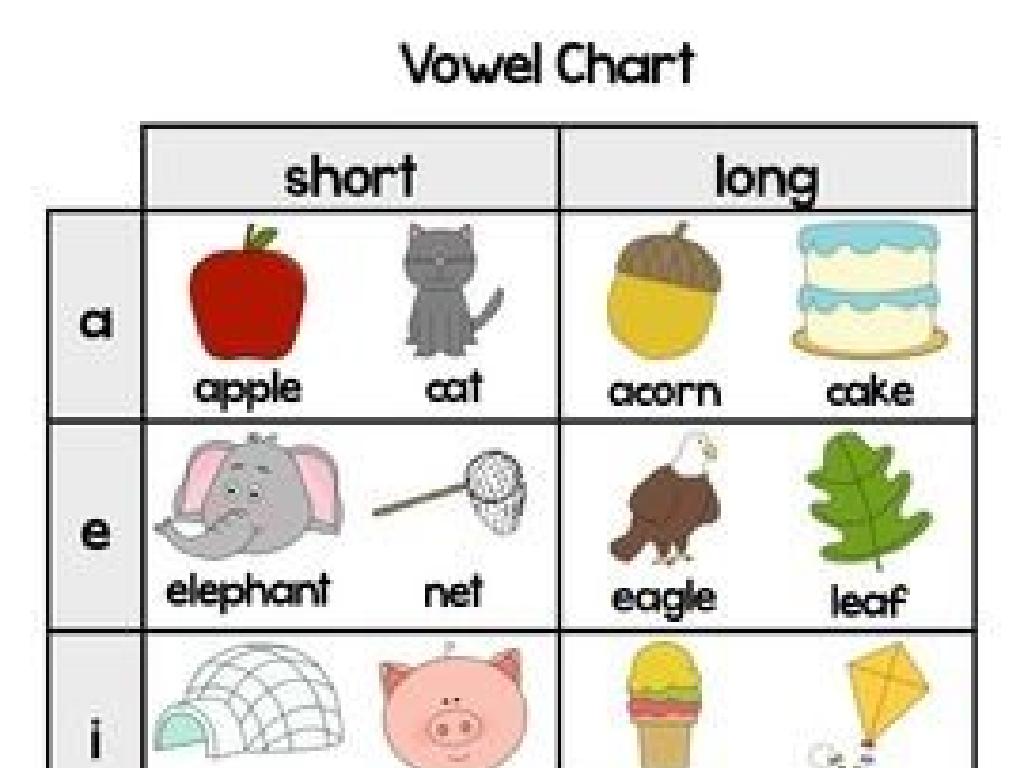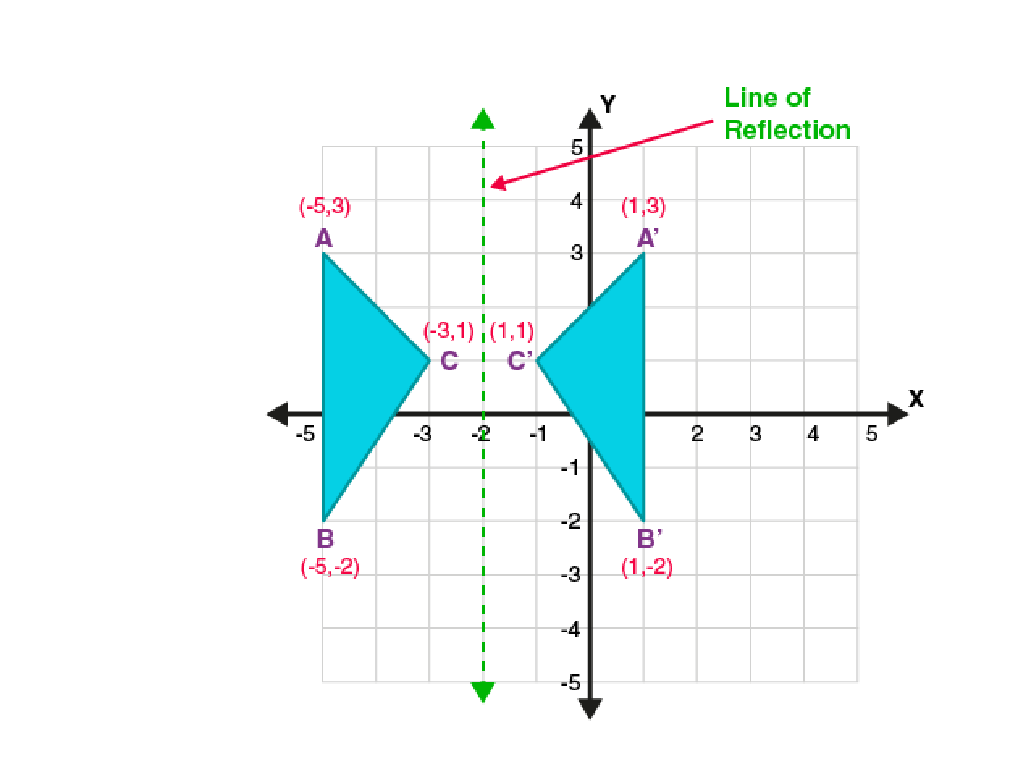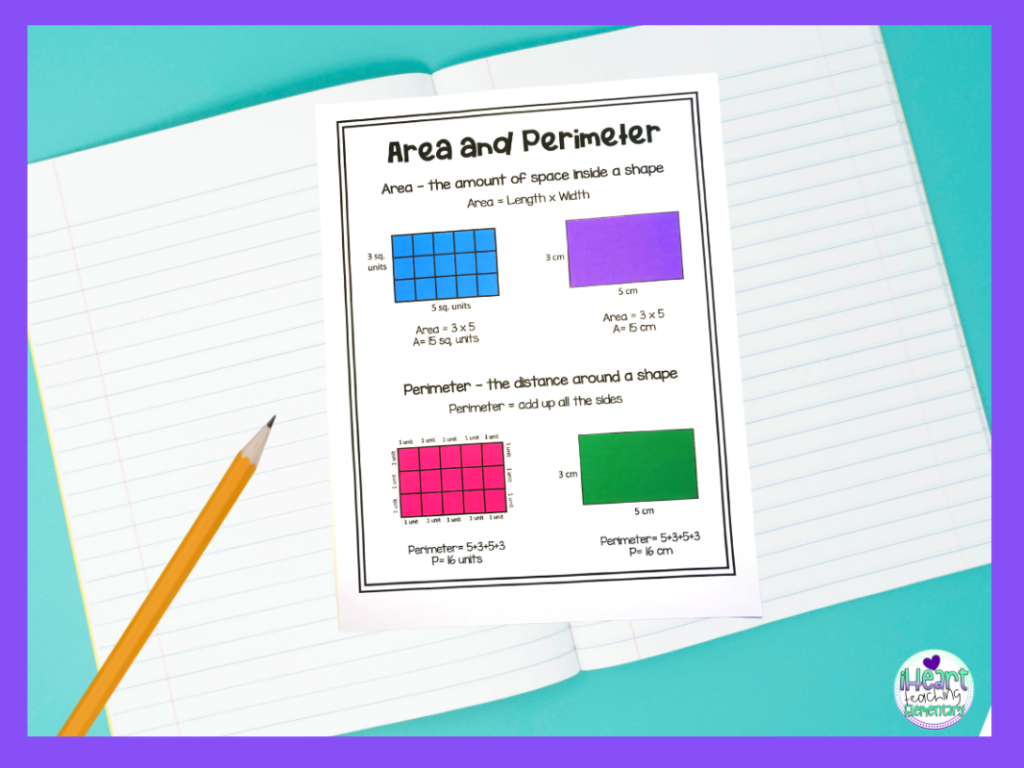Spell Words With Vowel Diphthong Patterns
Subject: Language arts
Grade: Third grade
Topic: Variant, Diphthong, And R Vowel Patterns
Please LOG IN to download the presentation. Access is available to registered users only.
View More Content
Welcome to Vowel Diphthongs!
– Discovering vowel diphthongs
– Spelling with diphthong patterns
– What’s a vowel diphthong?
– Two vowels combined to make one sound, like ‘oi’ in ‘coin’
– Examples of diphthongs
– ‘ow’ as in ‘clown’, ‘oy’ as in ‘toy’, ‘ou’ as in ‘cloud’
|
This slide introduces the concept of vowel diphthongs to third-grade students. A vowel diphthong is a complex vowel sound that occurs when two vowels are combined in a single syllable, and the sound begins as one vowel and moves towards another. Examples include ‘oi’ in ‘coin’ or ‘oy’ in ‘toy’. The slide aims to help students recognize these patterns in words and use them to improve their spelling skills. Encourage students to listen for the diphthong sounds in words and practice spelling them. Provide additional examples and have students practice with words from their reading or in class activities.
Exploring Vowel Diphthongs
– What’s a vowel diphthong?
– It’s when two vowels sounds are in one syllable.
– Two vowels make one sound
– Like in ‘team’ where ‘ea’ makes one sound.
– Sound starts and then glides
– The sound begins as one vowel and changes to another.
– Examples: ‘oi’ and ‘ou’
– ‘oi’ as in ‘coin’, ‘ou’ as in ‘cloud’.
|
This slide introduces the concept of vowel diphthongs to third-grade students. A vowel diphthong occurs when two vowel sounds are joined in a single syllable, creating a unique sound that starts as one vowel and glides into another. Use examples like ‘oi’ in ‘coin’ where the sound starts with an ‘o’ and moves to an ‘i’, and ‘ou’ in ‘cloud’ where it starts with an ‘o’ and glides into a ‘u’. Encourage students to practice by identifying diphthongs in different words and by listening to the sounds they make. This will help them recognize and spell words with diphthong patterns more easily.
Exploring Vowel Diphthongs
– What is a diphthong?
– Two vowels making one sound, like ‘oi’ in ‘boil’
– Examples: ‘boil’, ‘found’, ‘sail’
– ‘oi’ in ‘boil’, ‘ou’ in ‘found’, ‘ai’ in ‘sail’
– Practice finding diphthongs
– Look for pairs of vowels in words and how they sound
– Share your examples with the class
|
This slide introduces the concept of vowel diphthongs to third-grade students. Begin by explaining that a diphthong is a combination of two vowel sounds in a single syllable, where both sounds are heard. Use the words ‘boil’, ‘found’, and ‘sail’ as examples to illustrate the diphthong patterns ‘oi’, ‘ou’, and ‘ai’. Encourage the students to practice by finding diphthongs in these words and then in other words from their reading. Finally, ask them to come up with their own examples and be ready to share them in the next class. This activity will help students recognize diphthong patterns and improve their spelling skills.
Practicing ‘oi’ and ‘oy’ Sounds
– ‘oi’ sound in the middle of words
– Like in ‘coin’, ‘boil’, or ‘join’
– ‘oy’ sound at the end of words
– Such as ‘toy’, ‘enjoy’, or ‘boy’
– Find examples of ‘oi’ and ‘oy’
– Practice spelling with ‘oi’ and ‘oy’
– Try writing new words using ‘oi’ and ‘oy’
|
This slide is focused on helping students recognize and practice the vowel diphthong patterns ‘oi’ and ‘oy’. ‘oi’ typically appears in the middle of words, while ‘oy’ is commonly found at the end. Encourage students to think of additional words that fit these patterns and to share them with the class. This will help reinforce their understanding of the concept. For the activity, students can work individually or in small groups to come up with a list of words containing ‘oi’ and ‘oy’. They can also practice spelling these words out loud or writing them down, which will aid in their retention of the vowel patterns. Provide guidance and support as needed, and consider creating a fun spelling game to make the activity more engaging.
Mastering ‘ou’ and ‘ow’ Sounds
– ‘ou’ in middle or start of words
– Examples: ‘out’, ‘shout’, ‘trout’
– ‘ow’ at the end or middle of words
– Examples: ‘cow’, ‘window’, ‘pillow’
– List words with ‘ou’ and ‘ow’
– Practice spelling ‘ou’ and ‘ow’ words
– Try writing sentences using new words
|
This slide is aimed at helping students recognize and practice the vowel diphthong patterns ‘ou’ and ‘ow’. ‘ou’ often appears at the beginning or in the middle of words, while ‘ow’ is typically found at the end or in the middle. Encourage students to think of additional words that fit these patterns and write them down. For the activity, students can work individually or in groups to create a list of ‘ou’ and ‘ow’ words, and then use those words to write sentences. This will help reinforce their understanding of the sounds and patterns. Provide guidance and ensure that they understand the difference in usage between ‘ou’ and ‘ow’.
Spelling with Vowel Diphthongs
– Diphthongs: Two vowel sounds
– When two vowels make one sound, like ‘oi’ in ‘coin’
– No strict rules, but use tips
– Listen to the sounds
– Say the word out loud to find clues
– Practice spelling regularly
– The more you try, the better you get!
|
This slide introduces students to the concept of vowel diphthongs, which are combinations of two vowel sounds that make a single, gliding sound. While there are no hard and fast rules for spelling diphthongs, students can use listening skills to identify the sounds and practice to improve their spelling. Encourage students to say words out loud and listen for the diphthong sounds. Provide them with a list of common diphthong examples to practice at home, such as ‘boil’, ‘cloud’, ‘sail’, and ‘point’. Remind them that regular practice is key to mastering the spelling of these patterns.
Let’s Play a Game: Diphthong Match-Up!
– Match diphthong sounds with words
– Diphthongs are two vowel sounds in one syllable, like ‘oi’ in ‘coin’
– Pair up and find many matches
– Work with a classmate to find words with diphthongs
– Listen for the unique sounds
– Pay attention to how each diphthong sounds
– Have fun learning together
|
This interactive game is designed to help students recognize and understand vowel diphthong patterns in words. By working in pairs, students can engage in collaborative learning, enhancing their phonics skills through peer interaction. The activity encourages active listening and critical thinking as they match sounds to words. Provide examples like ‘oi’ in ‘coin’ or ‘ou’ in ‘cloud’ to get them started. Offer guidance on listening for the blended vowel sounds and ensure that the learning environment is supportive and enjoyable. Prepare a list of words with diphthongs for the students to use in the game and consider offering small rewards for each match they find to motivate participation.
Class Activity: Diphthong Hunt
– Read a story as a class
– Hunt for words with diphthongs
– Diphthongs are two vowels blended together in one syllable, like ‘coin’ or ‘loud’.
– Write down your diphthong words
– Share your diphthong discoveries
|
This activity is designed to help students recognize and understand vowel diphthongs in a fun and interactive way. By reading a story together, students will be engaged and can contextually identify words with diphthongs. Encourage them to listen carefully and write down words they believe contain diphthongs. After the reading, facilitate a discussion where students share their findings and confirm the correct diphthong patterns. Possible activities for different students could include drawing pictures of their words, using the words in new sentences, or creating a diphthong word wall. This will cater to different learning styles and reinforce their understanding of diphthongs.
Wrapping Up Vowel Diphthongs
– Congrats on learning diphthongs!
– Practice spelling diphthongs
– Try using words like ‘boil’, ‘cloud’, or ‘coin’
– Get ready for a spelling bee!
– Think of words with ‘ou’, ‘oi’, ‘ow’, ‘oo’
– Keep up the great work at home
|
This slide is meant to congratulate the students on their hard work learning about vowel diphthongs and to encourage them to continue practicing at home. Remind them that practice is key to mastering spelling with diphthongs. Give them a heads-up about the upcoming diphthong spelling bee, which will be a fun and interactive way to reinforce their learning. Encourage them to look for diphthong patterns in words they encounter every day to build their familiarity and confidence. The teacher should prepare a list of diphthong words suitable for the third-grade level to use in the spelling bee.






